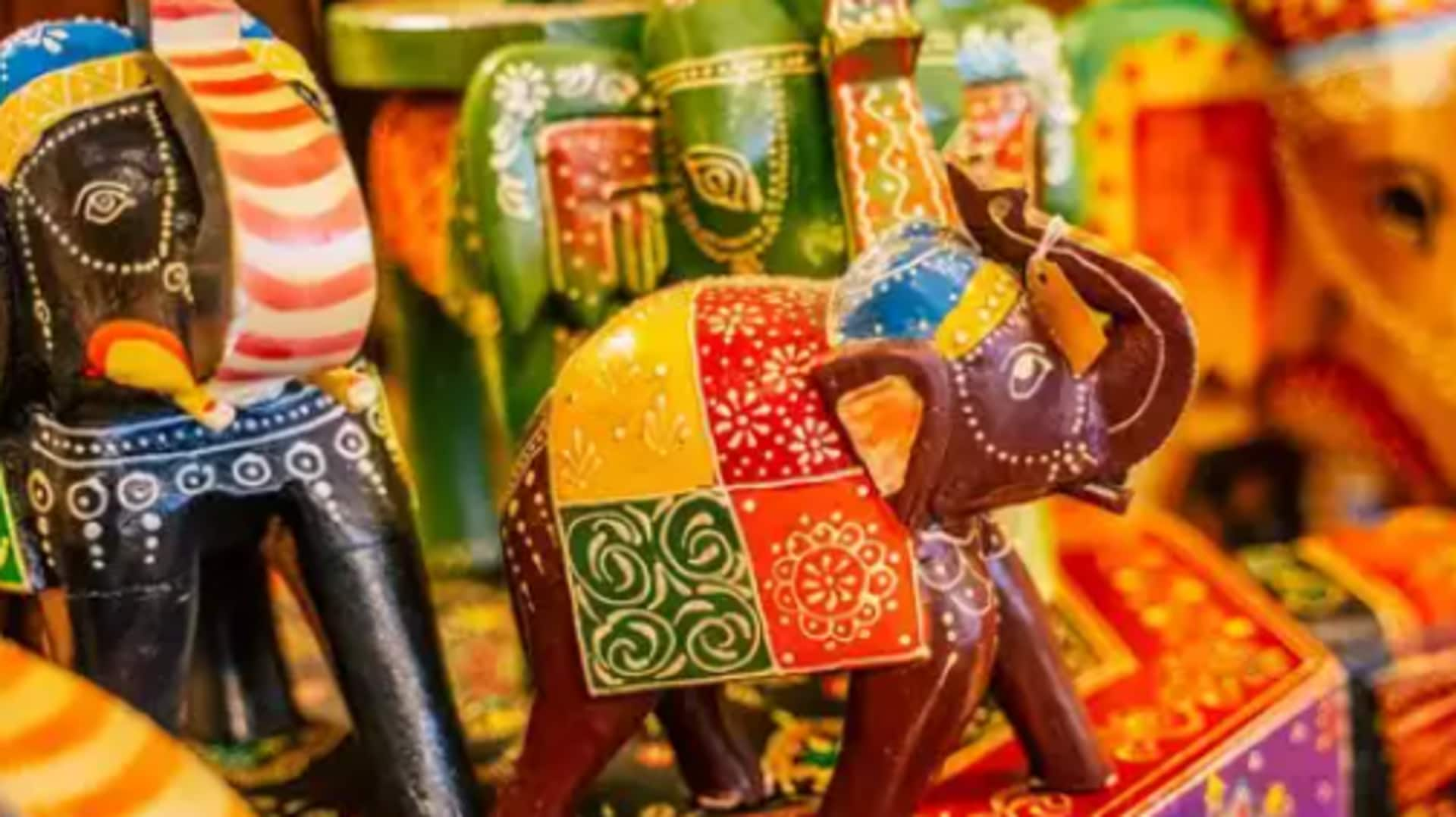
Discover the charm of Indian Dhokra art
What's the story
Having been practiced in India for over 4,000 years, Dhokra art is a traditional form of metal casting. Known for its intricate designs and unique craftsmanship, this art form is mainly found in West Bengal, Odisha, and Chhattisgarh. Using the lost-wax technique, stunning sculptures and artifacts are created. Celebrated for its rustic simplicity and timeless appeal, Dhokra art is a cherished part of India's cultural heritage.
Casting process
The lost-wax technique
The lost-wax technique, used in Dhokra art, involves creating a wax model of the sculpture you want. This model is then covered with clay, creating a mold. Once dried, molten metal is poured into the mold after melting away the wax. This way, artisans can create detailed and intricate designs, which are durable and aesthetic.
Diverse styles
Regional variations
Dhokra art has a lot of regional variation in India. In West Bengal, for instance, artisans frequently make figurines portraying tribal life and nature. Religious motifs dominate Odisha, while Chhattisgarh's style is a mix of traditional themes and modern interpretations. These regional variations add richness to Dhokra art's overall tapestry.
Heritage value
Cultural significance
Dhokra art is culturally significant as it showcases India's rich history and traditions. It is commonly employed in rituals and ceremonies, owing to its symbolic meanings related to fertility, prosperity, and safeguarding from evil spirits. Collectors appreciate these artifacts not just for their beauty but also for the historical value they carry.
Contemporary appeal
Modern adaptations
In recent years, Dhokra art has seen a revival as designers have started using it in modern day decor items, like lampshades, wall hangings, etc. The practice not only preserves the traditional methods but also caters to modern tastes by perfectly marrying the old-world charm of Dhokra with modern-day aesthetics, keeping it relevant and appreciated even in today's designing world.